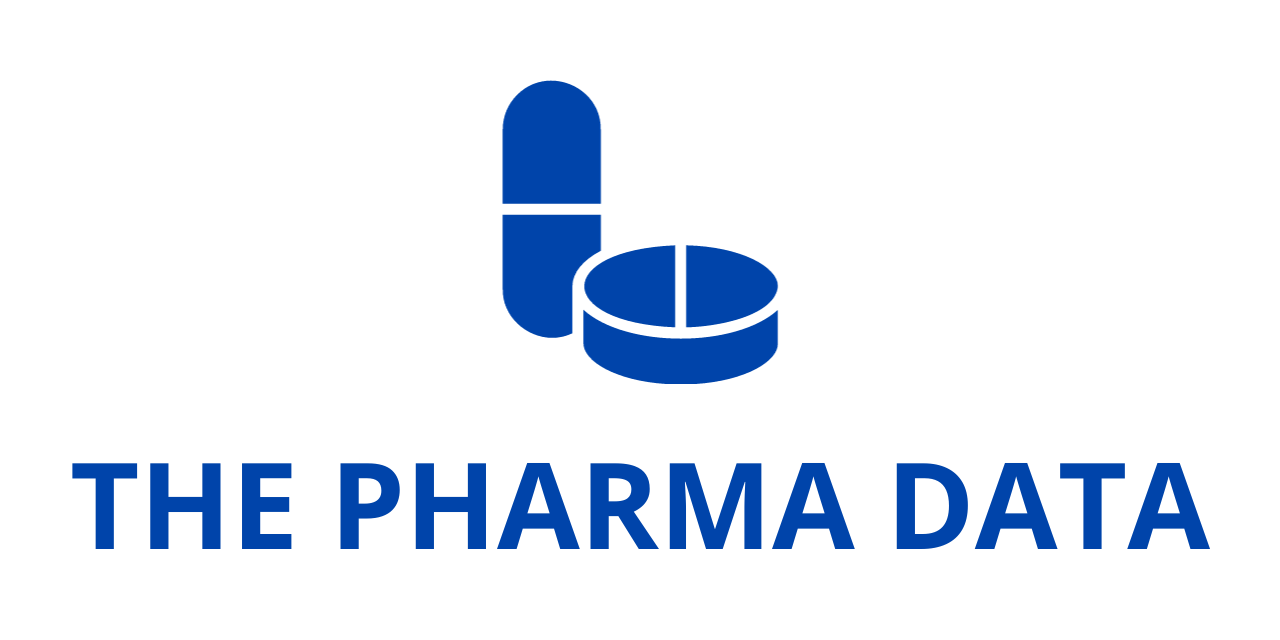
Roche Advances Prasinezumab into Phase III Development for Early-Stage Parkinson’s Disease
Roche today announced its decision to move forward with Phase III clinical development of prasinezumab — its investigational, humanized monoclonal antibody designed to target and reduce the accumulation of alpha-synuclein — in people living with early-stage Parkinson’s disease. This significant step forward comes after careful evaluation of data stemming from its Phase IIb PADOVA study, alongside ongoing open-label extensions (OLEs) of both PADOVA and the previously conducted PASADENA study.
The decision to proceed to Phase III underscores Roche’s continued commitment to developing disease-modifying treatments for Parkinson’s disease — a neurodegenerative condition affecting more than 10 million people globally. Currently, there are no available disease-specific therapies that can slow or modify its progression; standard treatments predominantly ease symptoms without affecting the underlying disease process. The initiation of this new trial brings much-needed hope for a future in which progression might be delayed or even halted.
Positive signals from Phase IIb PADOVA study
Roche’s decision was supported by a growing body of data from its Phase IIb PADOVA study, which investigated prasinezumab in individuals with early-stage Parkinson’s disease alongside their standard of care medication. The study, which involved hundreds of participants, was designed to enable a rigorous assessment of the potential disease-modifying effects of prasinezumab by evaluating its ability to slow motor progression — a key manifestation of disease progression in Parkinson’s — while retaining a strong safety profile.
Prasinezumab demonstrated signals of potential clinical efficacy in its primary endpoint — time to confirmed motor progression — although it fell short of statistical significance in that context. Importantly, secondary endpoints revealed a number of positive trends toward reduced progression over a two-year follow-up period. Furthermore, these effects appeared to be sustained over an even longer follow-up, extending well into the ongoing OLE phases of both PADOVA and PASADENA. This observation further supported the notion that prasinezumab might be affecting the trajectory of the disease instead of merely addressing its symptoms.
Additionally, the PADOVA study provided the first biomarker evidence to suggest that prasinezumab might be influencing the underlying disease biology. An array of biomarker signals related to neurodegenerative processes — typically influenced by the toxic accumulation of alpha-synuclein — revealed desirable trends following prasinezumab administration. This further strengthens the biologicial rationale for proceeding into a larger and more definitive Phase III trial.
Comments from Roche’s Chief Medical Officer
Levi Garraway, M.D., Ph.D., Chief Medical Officer and Head of Global Product Development at Roche, explained: “We are encouraged by the efficacy signals we’re seeing across the two Phase II trials — PADOVA and PASADENA — alongside their respective ongoing open-label extensions. Importantly, the safety profile for prasinezumab is broadly favorable, which is a key consideration when developing a treatment for a population that typically comprises older individuals with complex health care needs.”
He added, “We appreciate the substantial and growing need for new treatment options in Parkinson’s disease. Currently, there are no disease-specific or disease-changing treatments for this condition — only symptom-directed therapies. The totality of the data we have suggest that prasinezumab may have the potential to become the first disease-modifying treatment for people with Parkinson’s disease, offering them a chance at slowing progression and retaining their functionality for a longer period.”
Continuing long-term follow-up in OLEs
The ongoing PASADENA and PADOVA OLE studies aim to gather additional data to aid regulators, payers, health care providers, and patients in understanding the long-term effects and safety profile of prasinezumab. Currently, over 750 people with early-stage Parkinson’s disease are participating in these OLEs — adding depth to the growing dataset.
This extensive follow-up is a crucial component for assessing both the durability of the treatment’s effects and its ability to produce a sustained disease modification. Furthermore, the OLEs enable regulators to gauge whether the treatment maintains its favorable safety profile over years of administration — a key consideration for eventual approval and delivery to the patient population.
The growing urgency for disease-specific treatments in Parkinson’s Disease
Parkinson’s disease is the world’s second most prevalent neurodegenerative disorder — after Alzheimer’s disease — and its progression profoundly impacts patients’ ability to carry out daily routines, retain independence, and enjoy a strong quality of life. Currently, there are only symptom-directed treatments, which ease stiffness, tremors, and motor dysfunction but do not address the disease’s progression itself. This growing health care challenge underscores the urgency for developing disease-specific therapies that can slow or modify its course.
The progression of Parkinson’s involves the spreading of abnormal deposits of a protein called alpha-synuclein, which forms clusters called Lewy bodies within the brain. This process contributes to neuronal dysfunction and eventual neuronal death. Scientists believe that clearing or reducing these toxic clusters might enable the nervous system to maintain functionality for a longer period — thereby extending the patient’s ability to perform daily routines.
Prasinezumab, a humanized monoclonal antibody, is designed to target aggregated forms of alpha-synuclein, with the aim of reducing its spreading and hopefully slowing disease progression. This approach stands at the cutting edge of disease modification in neurodegenerative disorders — a major, yet elusive, treatment breakthrough that the community, clinicians, and patients have been eager for.
Roche’s decision to move forward with Phase III testing for prasinezumab marks a significant moment in the quest to conquer Parkinson’s disease. The ongoing OLEs will provide additional data to aid regulators, health care providers, and patients in evaluating its long-term safety and potential benefits. If prasinezumab proves to slow progression in a large and well-controlled trial, it could become a first-of-its-kind treatment — offering a much-needed option to people living with this challenging condition and a new path toward retaining their independence and their ability to carry out their routines for years to come.




